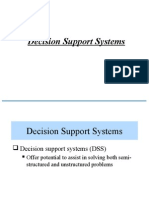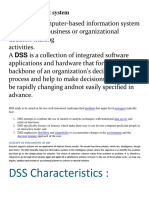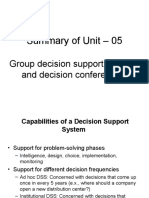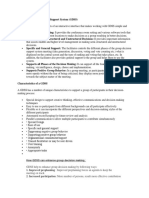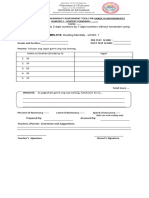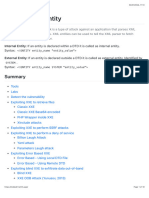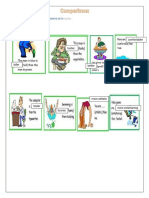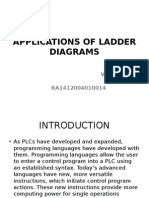0% found this document useful (0 votes)
27 views27 pagesLecture 08. Ch3.Decision Support Systems (Part Three)
The document provides an overview of Decision Support Systems (DSS), defining them as computer-based applications that aid in business decision-making by organizing and analyzing data. It discusses various types of DSS, their basic components, and highlights the importance of Group Decision Support Systems (GDSS) for collaborative decision-making. Additionally, it outlines the differences between Management Information Systems (MIS) and DSS.
Uploaded by
mahmoudsabryeldameryCopyright
© © All Rights Reserved
We take content rights seriously. If you suspect this is your content, claim it here.
Available Formats
Download as PDF, TXT or read online on Scribd
0% found this document useful (0 votes)
27 views27 pagesLecture 08. Ch3.Decision Support Systems (Part Three)
The document provides an overview of Decision Support Systems (DSS), defining them as computer-based applications that aid in business decision-making by organizing and analyzing data. It discusses various types of DSS, their basic components, and highlights the importance of Group Decision Support Systems (GDSS) for collaborative decision-making. Additionally, it outlines the differences between Management Information Systems (MIS) and DSS.
Uploaded by
mahmoudsabryeldameryCopyright
© © All Rights Reserved
We take content rights seriously. If you suspect this is your content, claim it here.
Available Formats
Download as PDF, TXT or read online on Scribd
/ 27






